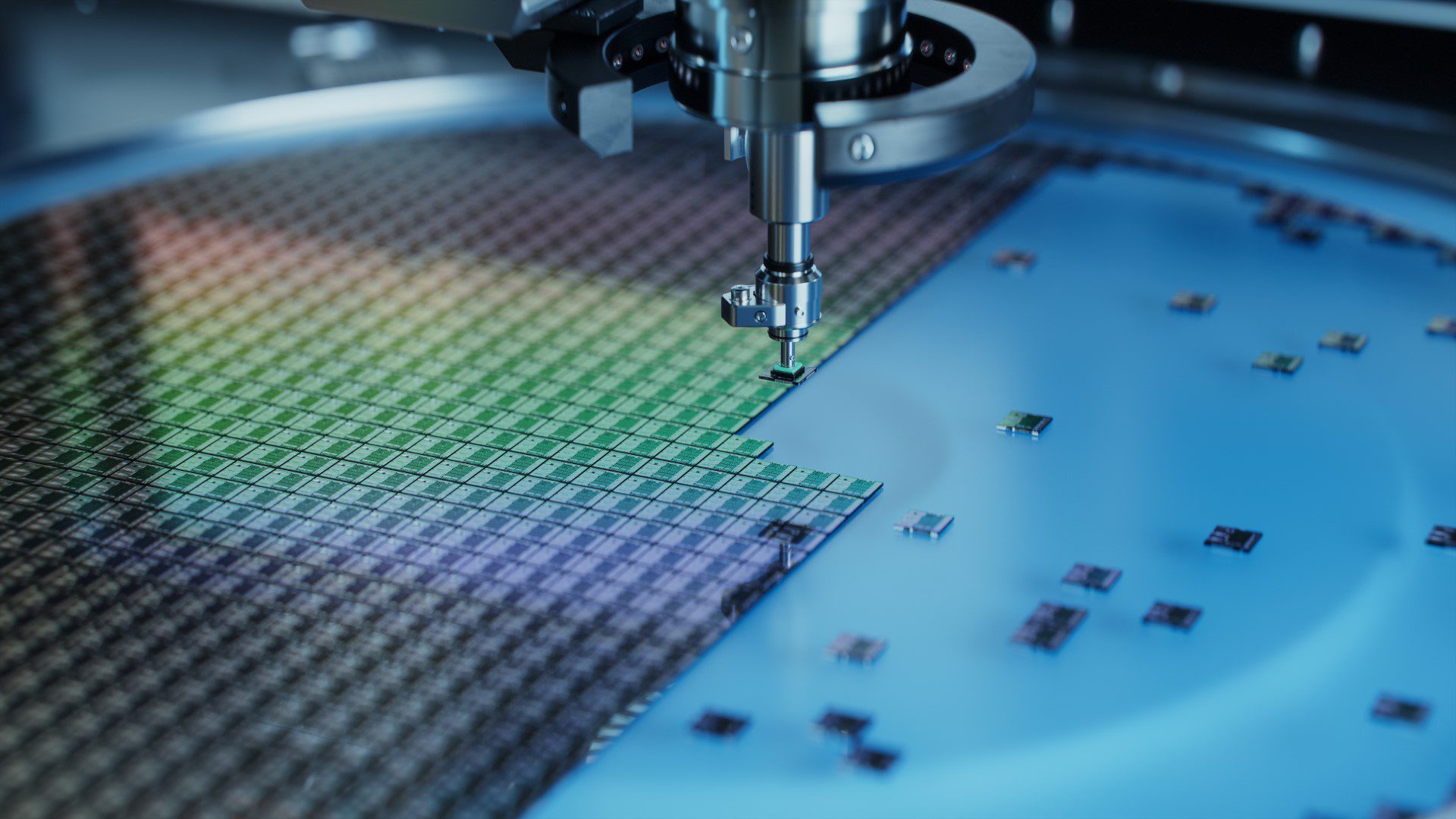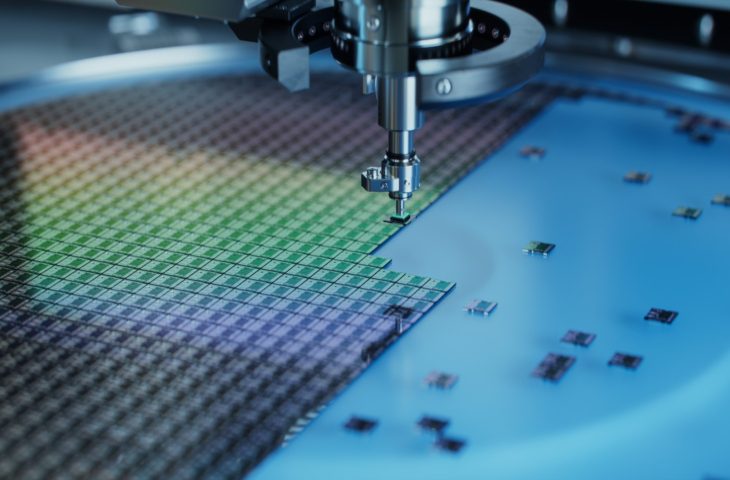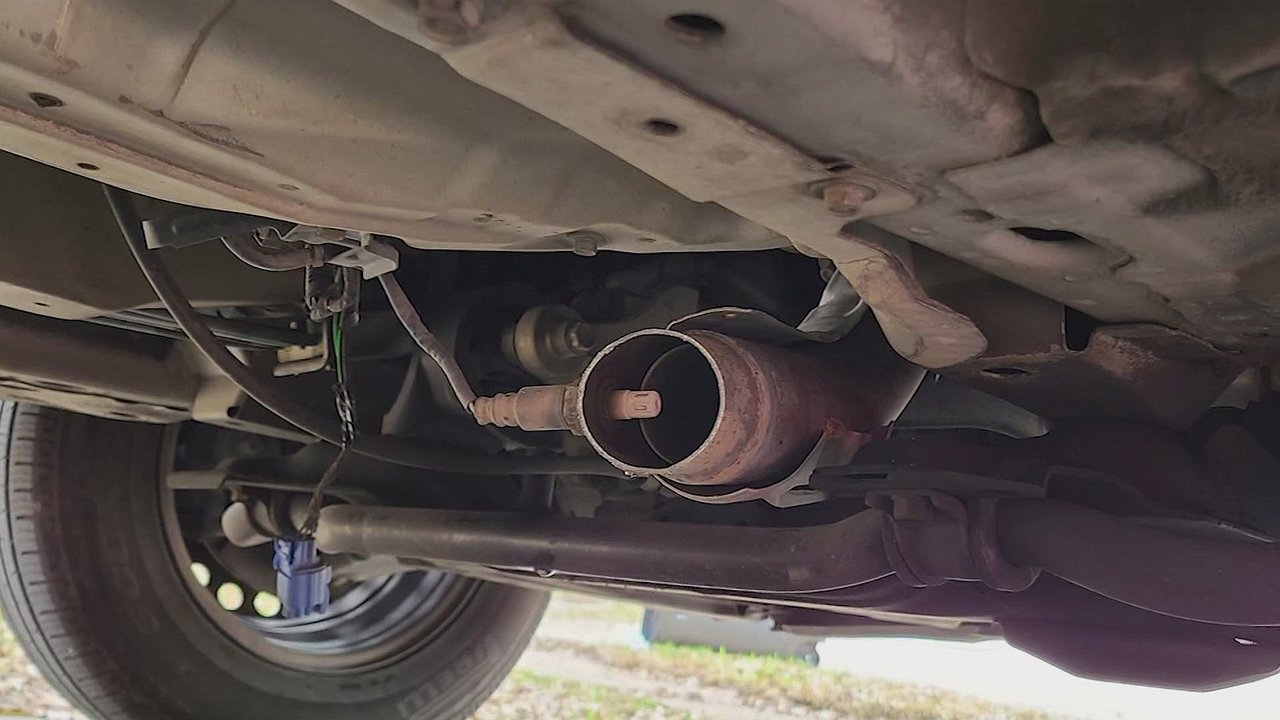After a thorough investigation, it seems that the Kirin chip in the Huawei Mate 60 Pro is not as impressive as initially thought.
The news hit the tech world like a bombshell earlier this month when Huawei launched its flagship Mate 60 Pro with a brand new Kirin 9000S chip. Due to trade restrictions imposed on American technology, China is struggling to further develop chips. The smaller the process, the more powerful and/or energy efficient a chip becomes.
SMIC, the largest Chinese chipmaker, has cracked the code to build a powerful chip on 7nm, a first for China, according to an initial in-depth analysis by TechInsights. For comparison: Apple uses a 3 nm chip in the iPhone 15 Pro, two processes smaller than 7 nm.
Huawei’s return to the flagship segment also has geopolitical implications. The US government is doing everything it can to deny Chinese companies access to the technology necessary to produce advanced chips. The fact that Huawei, together with SMIC, has apparently managed to build a smartphone processor that at least comes close to what Qualcomm, Apple and MediaTek can do shows that Chinese companies are continuing despite the restrictions.
Is it 14nm or 7nm?
It now appears that the Kirin 9000S chip is less impressive than initially thought. In a conversation between the South China Morning Post and research firm Fomalhaut Techno Solutions, it is revealed that it is a 14nm chip that uses “special” techniques to deliver performance comparable to a 7nm Chip is comparable.
According to Wccftech, various benchmarks show that the chip performs at the level of a 7nm chip. SMIC uses DUV (deep ultraviolet) to bake the chip, a technology also useful for 7nm chips.
The new generation of chips today uses EUV. ASML, the global (Dutch) manufacturer of chip baking machines, is not allowed to supply machines with this technology to Chinese customers due to the export ban.
According to a Bloomberg report, China is about four years behind in chip technology. We are still waiting for the first complex, high-performance 7 nm chip from China. Unless the new research is countered again by another institute and the Kirin 9000S is actually a 7nm chip.














